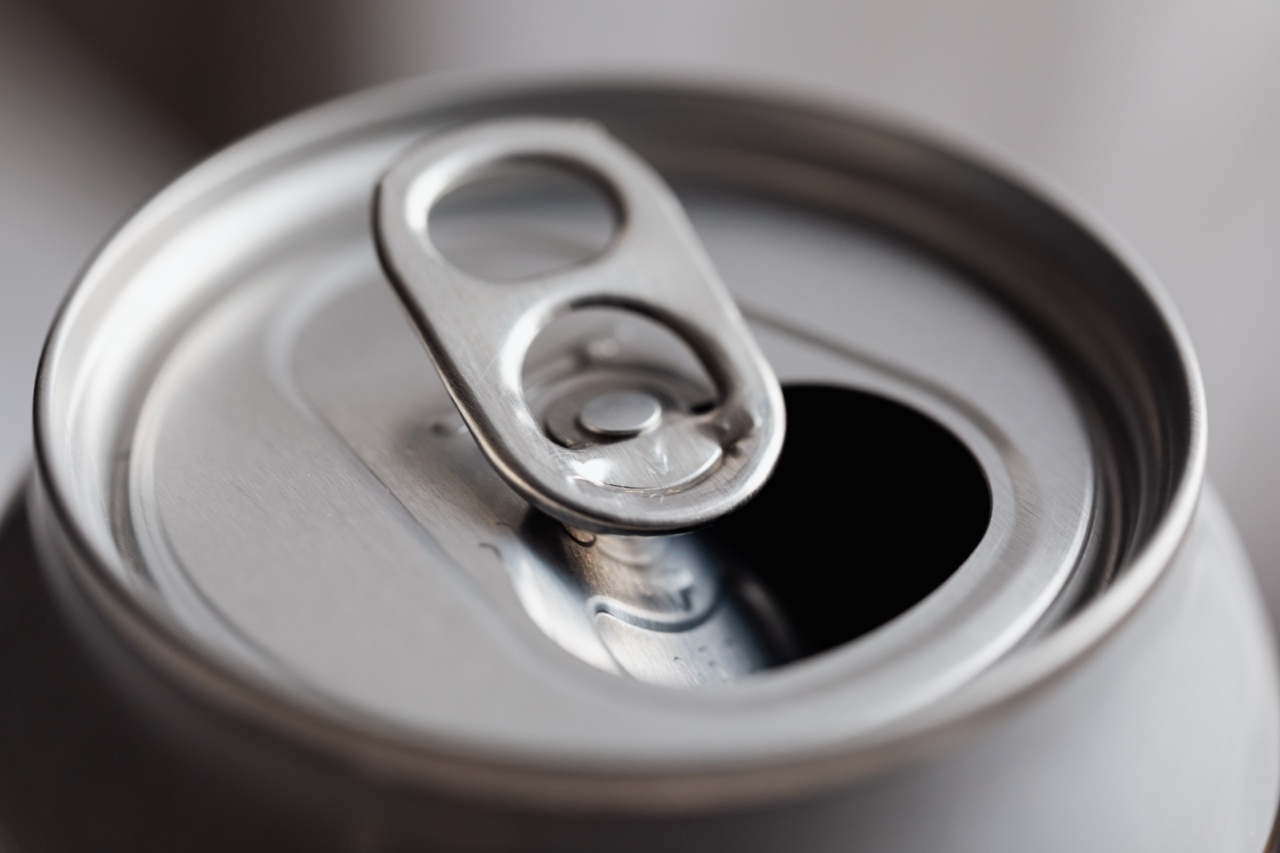Diabetes and obesity are two of the most common health problems affecting the global population. While genetics does play a role, the primary cause of these conditions is an unhealthy lifestyle.
Junk food, sugary drinks and lack of exercise are some of the most common reasons behind the rising prevalence of these disorders. However, certain products can also increase the risk of developing diabetes and obesity. One such product is high fructose corn syrup.
What is High Fructose Corn Syrup?
High fructose corn syrup (HFCS) is a sweetener derived from corn starch. It has become the most commonly used sweetener in many processed foods and beverages like soda, cookies, candy, and sports drinks.
The reason for its popularity is it is much cheaper than sugar, and it enhances the taste of the products to which it is added. This product has been controversial for several years due to its role in various health problems, especially diabetes and obesity.
The Link Between HFCS, Diabetes and Obesity
There is considerable scientific evidence that shows a link between the consumption of HFCS and the development of diabetes and obesity. HFCS is metabolized differently than regular sugar.
It is an artificial sweetener that is mainly composed of two monosaccharides, glucose, and fructose. Fructose is known to promote insulin resistance, which can lead to type 2 diabetes. Studies have proved that the consumption of foods and beverages containing HFCS can increase the risk of developing diabetes.
In addition, HFCS contains empty calories, that means it has no nutritional value other than calories. When consumed in large quantities, it can lead to weight gain and obesity.
High levels of insulin also lead to deposition of fat in the liver and the abdominal area leading to a condition called non-alcoholic fatty liver disease (NAFLD). A 2019 study published in the Journal of Hepatology found that consuming too much HFCS can cause NAFLD, especially in overweight and obese people who are already at risk.
The Prevalence of HFCS in Processed Foods
HFCS is a common ingredient in many processed foods. According to a 2004 study conducted by the USDA, soft drinks and candies are the two largest sources of HFCS in the American diet, followed by baked goods and breakfast cereals.
HFCS is favored by food manufacturers because it is cheaper than sugar and easier to work with. As a result, HFCS is added to almost all processed foods, including bread, yogurt, pasta sauces, and canned fruits.
Reducing Your Intake of HFCS
The best way to reduce your intake of HFCS is to limit or avoid processed foods. Try to eat foods that are not processed or minimally processed, like fresh fruits, vegetables, nuts, and grains.
Read the labels of packaged foods carefully and look for alternatives that do not contain HFCS, or try to limit your intake of products that contain this sweetener. Those who have been diagnosed with Type 2 diabetes should avoid consuming HFCS completely to manage their glycemic levels.
Conclusion
HFCS is a sweetener widely used in many processed foods and beverages. It is cheaper than regular sugar and enhances the flavors of the products to which it is added.
However, HFCS has been linked to various health problems, including diabetes and obesity. Avoiding processed foods and consuming whole foods instead is one of the best ways to limit your intake of HFCS. This can help reduce your risk of developing health problems associated with this controversial sweetener.































